Building Design takes a look at the Deanston Wharf Development and speaks to Andy Lake regarding considerations needed when specifying glass for winter gardens on high-rise residential buildings

Winter gardens are an ideal way of providing high-rise residents with year-round access to outdoor space, a commodity that sharply rose in value during the months of the pandemic.
However, adding winter gardens to your project also requires a specific set of building materials that meet the required fire safety regulations meaning there are a number of competing tensions.
And it was for this very reason that Pyroguard Balustrades was specified for the Deanston Wharf development in east London.
Located on the north bank of the River Thames, between the O2 and London City Airport, the project features four separate building plots ranging from nine to 17 storeys. Deanston Wharf will bring more than 760 new homes to the area, comprising of one-, two- and three-bedroom apartments; in addition to commercial space, leisure facilities and a sky lounge.
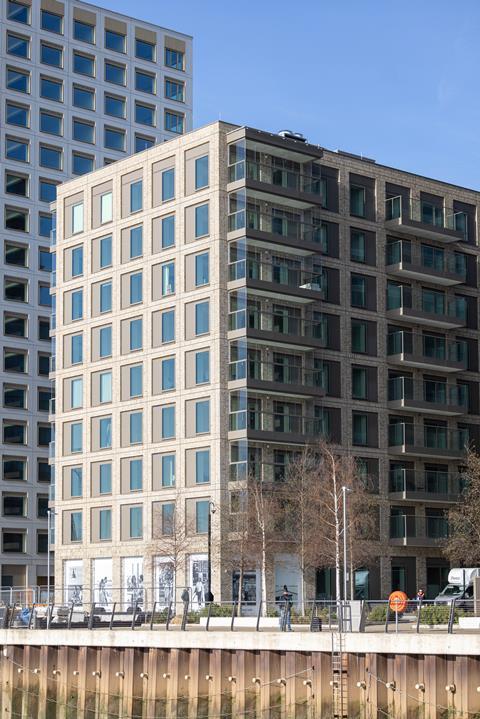
Developed by Oxley Holdings and Ballymore Construction, Elite Architectural Systems was brought onto the project to design, supply and install a series of glazed winter gardens on select apartments.
An architectural feature that has grown in popularity over recent years, the gardens are essentially an enclosed, glazed and ventilated balcony. As well as providing residents with garden space, they can also offer a safer alternative to balconies on high-rise residential buildings and are occasionally recommended by London planning guidelines due to the increased wind speed and noise that can be experienced several stories above ground.
On the Deanston Wharf development, the winter gardens featured a glazed balcony with a folding partition, enabling residents to open up the space in the warm, sunnier months and then close it up during winter.
Noel Gilmartin, operations manager at Elite Architectural Systems, said: “Due to the high-rise setting, fire safety glass was a critical requirement for the construction of the glazed balcony space. Knowing that Pyroguard was one of few manufacturers to have a fire-rated glass solution that met the amended building regulations, we concluded with Q-Railing that Pyroguard Balustrades was the perfect product for this project.”
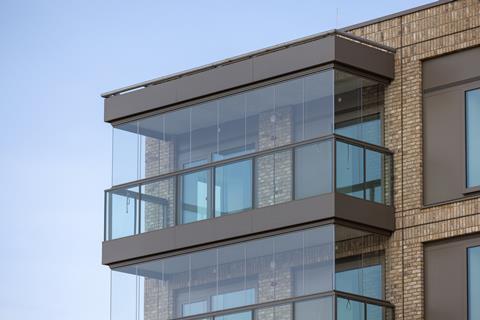
On top of this, updates to Approved Document B mean the requirements for glass specifications on high-rise buildings are changing.
Discussing the ramifactions of this, Andy Lake, UK and Ireland sales director, Pyroguard, explained: “Not too long ago, the go-to solution was plastic foil laminated glass, rising in popularity as an alternative to monolithic toughened glass – a product that carried with it various safety concerns when installed in high-rise buildings.”
He said that, understandably, the Grenfell disaster of 2017 had driven the regulations forward, leading to the ban of the use of such laminated glass on external wall balustrades of high-rise buildings that were more than 18m tall. This has since been revised to 11m. This ban was due to the foil interlayer between the individual glass sheets being highly flammable.
Lake continued: “An unfortunate, and potentially dangerous, consequence of this is that we are now seeing the previously discarded monolithic toughened glass option once again being installed within these high-rise balcony settings. While this product does meet the fire safety requirements and can be an ideal solution for very low-rise applications, it presents some major safety risks in the residential high-rise market. It’s imperative that, while we focus on the new toughened specification requirements from a fire safety point of view, we don’t let other safety standards slip.”
It is for this reason the team recommend a different kind of laminated toughened glass, using a chemically engineered, non-flammable interlayer, as the safer choice. They claim it’s strong enough to accommodate high mechanical stresses since there are multiple panes (or plies) in the system which means that even in the event one ply breaks, the glass will remain rigid and in place.

Pyroguard Balustrades is a range of laminated fire safety glass, which according to the manufacturer, has been developed specifically for use in balustrade applications in buildings above 11m when installed as part of a certified system. Manufactured to Reaction to Fire classification A2-s1, d0 (according to BS EN13501), the product offers light transmission and is certified to 1B1 impact resistance rating (according to EN12600).
Gilmartin commented: “Working with Pyroguard on the Deanston Wharf project was a great success, especially with regards to the technical support they offered. Given the stringent fire safety regulations and the emphasis on traceability, we had to supply our client with comprehensive datasheets, test evidence and certifications. Thanks to the support from Pyroguard and Q-Railing, we were able to deliver all of this to the client.”
Elite Architectural Systems has installed more than 80 winter gardens on site.
Project details
Developer Oxley Holdings, Ballymore Construction
Glazing contractor Elite Architectural Systems









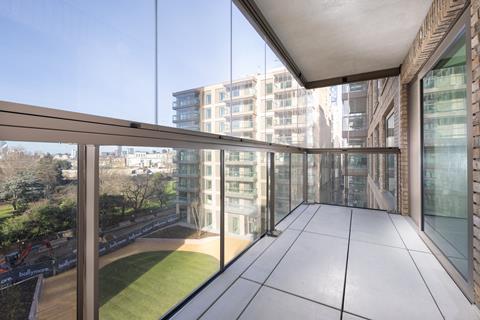

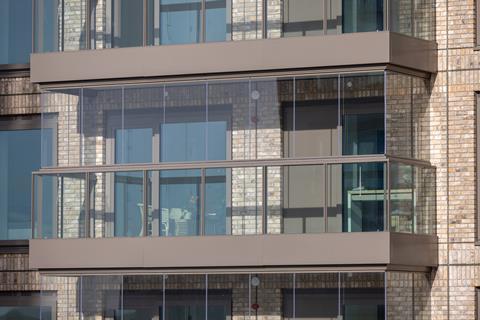
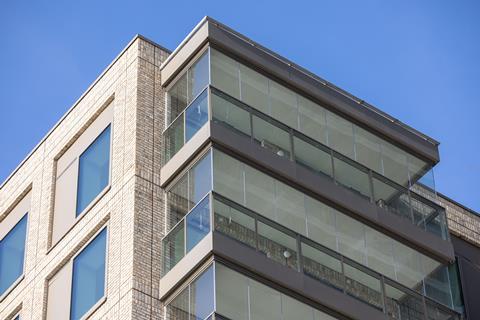








No comments yet